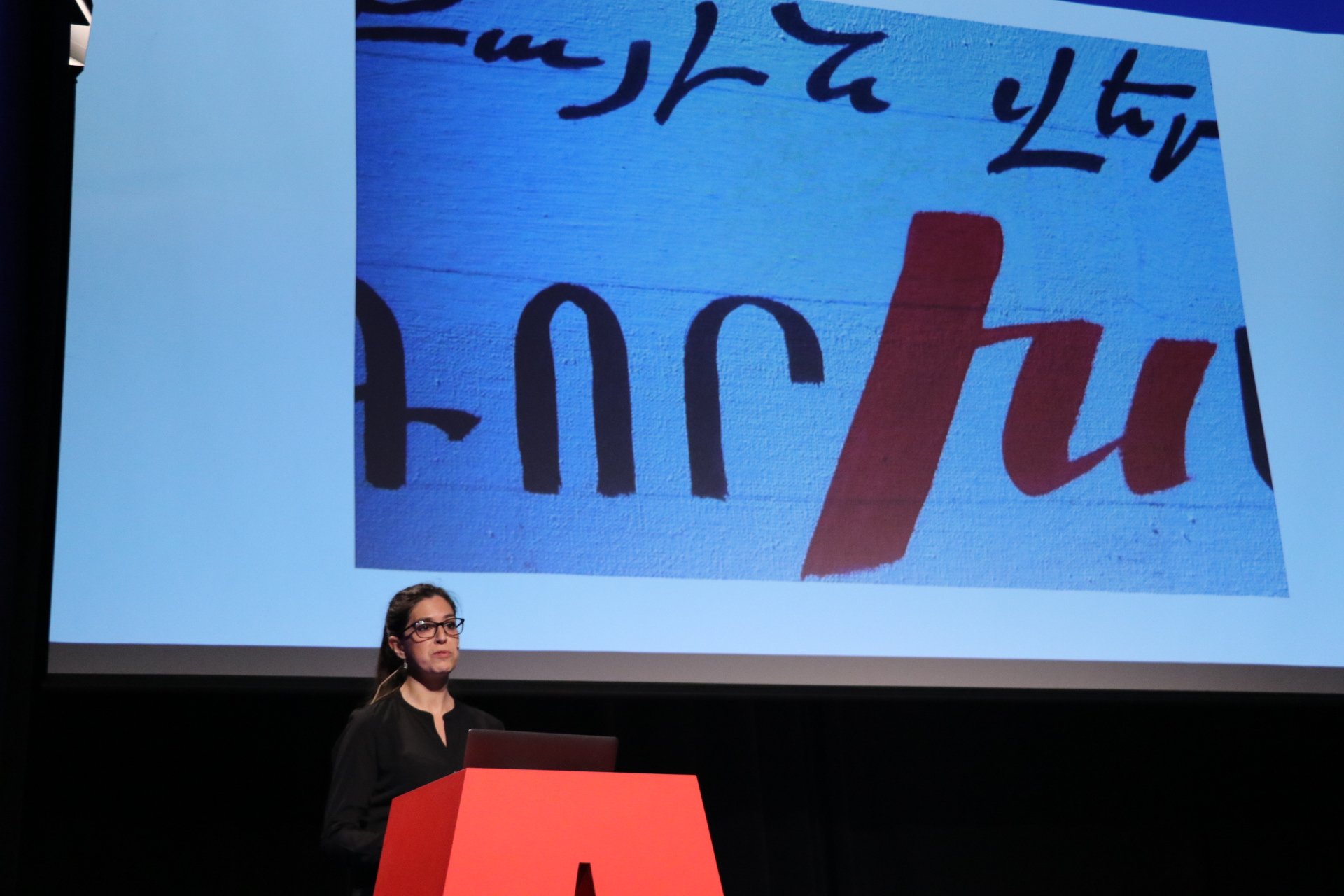Armenian typefaces as expression of national identity. Speaker at ATypI 2017, Montreal, Canada

The 19th century was a period of active contact between Armenians and Europeans, particularly in France and Italy. The social upheaval against Ottoman hegemony, and the stimulating atmosphere of the French revolutions of 1830 and 1848, influenced the Armenian typographic script. The second half of the 19th century witnessed the transition from the traditional Bolorgir style to the new upright Armenian and the introduction of Westernised features. The adoption of Western features in the production of Armenian typefaces coincided with the awakening of national consciousness within the Armenian Diaspora, and with the process of replacing classical Armenian with the modern Armenian language. If changes in the Armenian script in the 19th century were done to integrate with the European culture, what is driving the current design of Armenian? This question involves exploring the relative importance of European cultural influence and the concern for the preservation of Armenian identity in a global context, assessing the extent to which national identity has shaped 21st-century Armenian typefaces. Drawing on my ongoing PhD research about Armenian typefaces, this presentation had highlighted the significance of Aramean (1820-1879), printer and publisher in Paris, and explained the impact that the newly fashioned Bologir typeface had on Armenian society and on the design of subsequent typefaces.
Many thanks to the Calouste Gulbenkian Foundation for awarding me the Short Term Grant for Armenian Studies to speak at this conference.